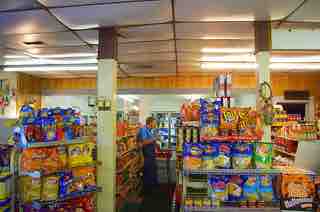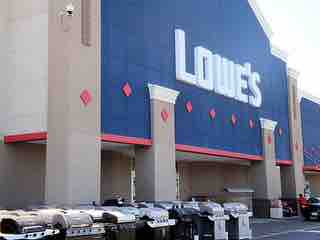Distribution Intensity
Product distribution intensity refers to the scale of the distribution network as well as the appropriate selection of location. Common questions to be asked include: How many retailers in a particular market should be included in the distribution network? How many wholesalers?
Levels Of Distribution Intensity
In intensive distribution, a producer's products are stocked in the majority of outlets. The manufacturer attempts to get as many intermediaries of a particular type as possible to carry the product. This strategy is common for basic supplies, magazines, soft drink beverages, and snack foods . It provides for increased sales volume, wider consumer recognition, and considerable impulse purchasing. Low price, low margin, and small order sizes often result from this strategy. As a drawback, it can be extremely difficult to stimulate and control the large number of intermediaries.

Intensive Distribution
Snack food is a good example of a product that is intensively distributed.
In selective distribution, the producer relies on a few intermediaries to carry their product. The exact number of outlets in any given market is dependent upon market potential, density of population, dispersion of sales, and the distribution policies of competitors. This strategy is commonly observed for more specialized goods that are carried through specialist dealers, such as brands of craft tools or large appliances . It contains some of the strengths and weaknesses of the other two strategies; however, it is difficult to determine the optimal number of intermediaries in each market.

Selective Distribution
Retailers such as Lowe's are commonly utilized in selective distribution for large appliances.
In exclusive distribution,the producer selects only very few intermediaries. Exclusive distribution is often characterized by a deal where the reseller carries only that producer's products to the exclusion of all others. This creates high dealer loyalty and considerable sales support. Success of the product is dependent upon the ability of a single intermediary. Therefore, it provides greater control but limits potential sales volume. This strategy is typical of luxury goods retailers such as Gucci .

Exclusive Distribution
Retailers such as Gucci are utilized for exclusive distribution.
The choice of distribution intensity is extremely critical, because it is an important part of the firm's overall marketing strategy. Not only does it provide convenience and availability to consumers, it also increases their brand preference and loyalty. For instance, companies such as Coca-Cola and Timex watches have achieved high levels of success through their intensive distribution strategy.